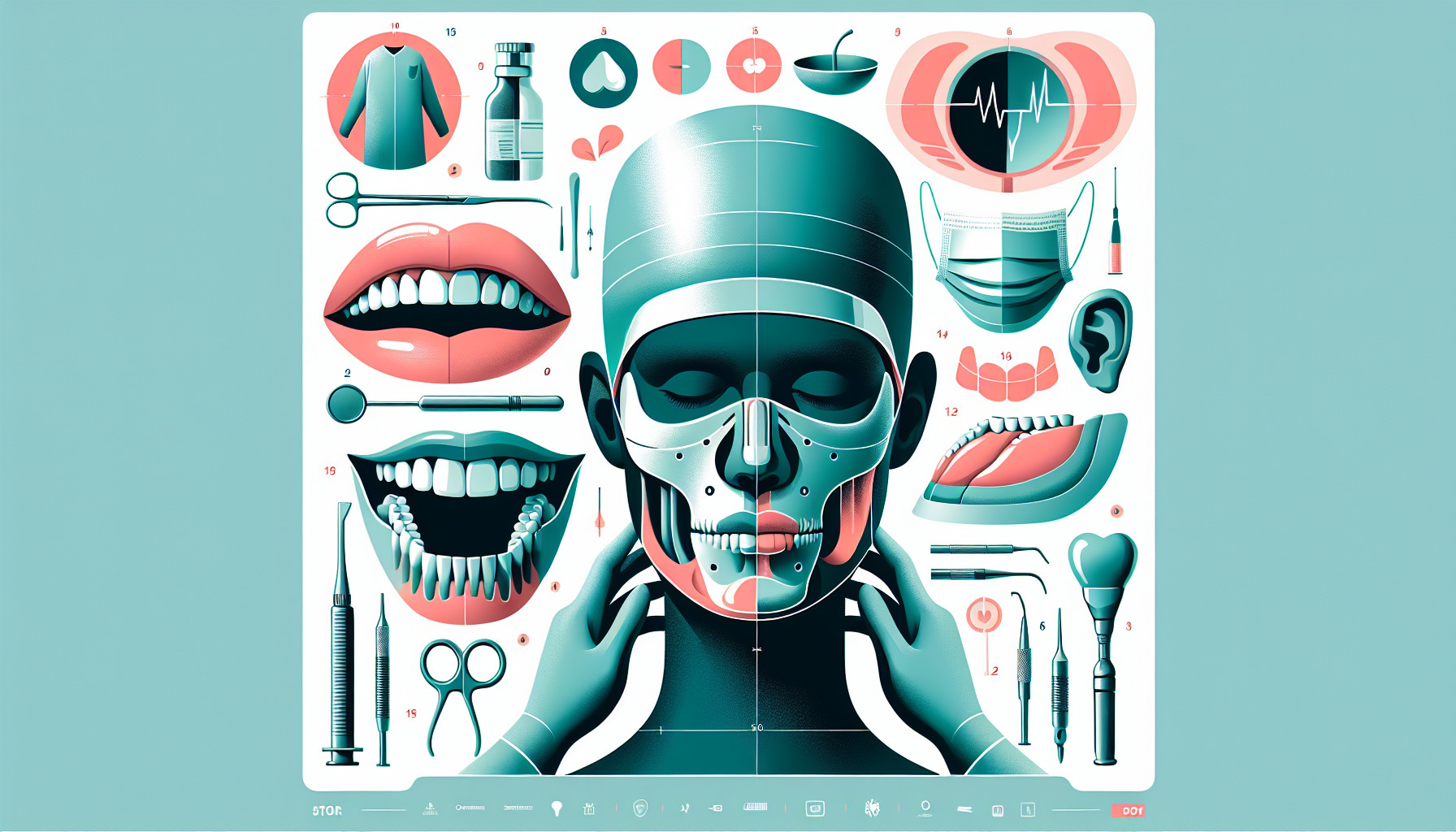Our Summary
This research compared three different techniques for placing dental implants using 3D printed models. The three methods tested were augmented reality-based navigation, a free-hand approach, and a computer-assisted method. The study found that the accuracy of implant placement using the augmented reality method was similar to the computer-assisted method and significantly more accurate than the free-hand approach. These results suggest that using augmented reality technology for dental implant surgery could provide a similar level of accuracy as computer-guided methods, and better accuracy than the traditional free-hand method. However, more research is needed to confirm these findings.
FAQs
- What are the three methods tested in this research for placing dental implants?
- How does the accuracy of the augmented reality-based navigation method compare to other methods?
- Does the research suggest that the augmented reality technology is the best method for dental implant surgery?
Doctor’s Tip
One helpful tip a doctor might tell a patient about dental implant surgery is to follow all post-operative care instructions carefully to ensure proper healing and successful integration of the implant into the jawbone. This may include avoiding certain foods that could disrupt the healing process, taking prescribed medications as directed, and maintaining good oral hygiene practices. Additionally, attending follow-up appointments with your dentist or oral surgeon is important to monitor progress and address any concerns or complications that may arise.
Suitable For
Patients who are typically recommended for dental implant surgery include those who have lost one or more teeth due to trauma, decay, or periodontal disease. They should have good overall oral health and sufficient bone density to support the implant. Patients with certain medical conditions such as uncontrolled diabetes, autoimmune disorders, or a history of radiation therapy to the head and neck may not be suitable candidates for dental implant surgery. It is important for patients to consult with their dentist or oral surgeon to determine if they are good candidates for dental implant surgery.
Timeline
Before dental implant surgery:
- Consultation: The patient meets with the dentist to discuss their oral health and determine if they are a suitable candidate for dental implants.
- Treatment planning: The dentist creates a customized treatment plan for the patient, which may include 3D imaging and impressions of the mouth.
- Pre-surgery preparation: The patient may need to undergo any necessary procedures, such as tooth extractions or bone grafting, before the implant surgery.
After dental implant surgery:
- Healing period: The patient will need time to heal and allow the implant to integrate with the jawbone, which can take several months.
- Placement of the abutment: Once the implant has healed, the abutment is placed on top of the implant to support the dental crown.
- Placement of the dental crown: The final step is the placement of the dental crown, which is custom-made to match the patient’s natural teeth.
- Follow-up appointments: The patient will have follow-up appointments with the dentist to ensure the implant is successful and to monitor their oral health.
What to Ask Your Doctor
- What are the benefits of using augmented reality technology for dental implant surgery compared to traditional methods?
- How experienced are you in using augmented reality technology for dental implant surgery?
- What is the success rate of dental implant surgeries using augmented reality technology?
- Are there any potential risks or complications associated with using augmented reality technology for dental implant surgery?
- How does the cost of using augmented reality technology compare to other methods of dental implant surgery?
- How long does the process of dental implant surgery using augmented reality technology typically take?
- Will I need any additional procedures or treatments before or after the dental implant surgery using augmented reality technology?
- What is the recovery process like after dental implant surgery using augmented reality technology?
- How often will I need to follow up with you after the dental implant surgery using augmented reality technology?
- Can you provide me with any patient testimonials or case studies of successful dental implant surgeries using augmented reality technology?
Reference
Authors: Kivovics M, Takács A, Pénzes D, Németh O, Mijiritsky E. Journal: J Dent. 2022 Apr;119:104070. doi: 10.1016/j.jdent.2022.104070. Epub 2022 Feb 18. PMID: 35183695
